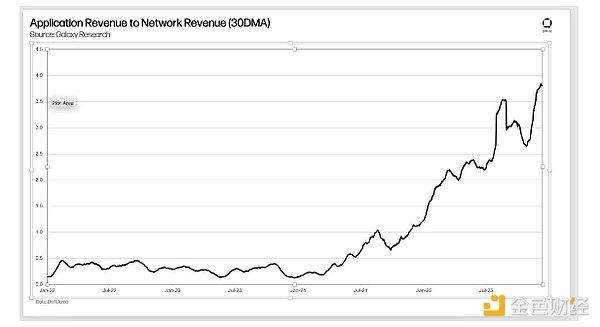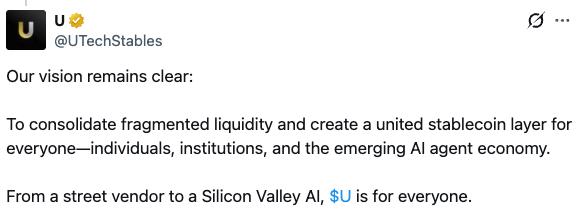Risk Aversion and Differentiation of Risk Assets: New High for Gold vs. Decline in Altcoins
On March 19, 2025, the global financial market reached the climax of the "Super Central Bank Week" - the Federal Reserve will announce its interest rate decision and update the Summary of Economic Projections (SEP) in the early morning of Beijing time on the 20th, and release signals on the path of monetary policy. However, on the eve of this critical event, the market witnessed a rare asset differentiation drama: the price of gold broke through the historical high of $3,047 per ounce, while mainstream Altcoins such as BTC collectively plunged, and the divergence of their trends has led investors to deeply reflect on the logic of risk pricing.
Recommended Reading:After the Approval of Gold ETF, It Surged Over 6 Times in 20 Years, Hitting a New High of $3,000, BTC Faces Value Reassessment
The "Risk Aversion Carnival" of Gold
Under the dual catalysts of escalating geopolitical tensions and the impact of the Trump administration's trade policies, the safe-haven attribute of gold has been fully activated. After the news of Israel's violation of the ceasefire agreement with Hamas, the price of gold, traditionally seen as a safe-haven asset, hit a new high of over $3,047 per ounce on Tuesday.
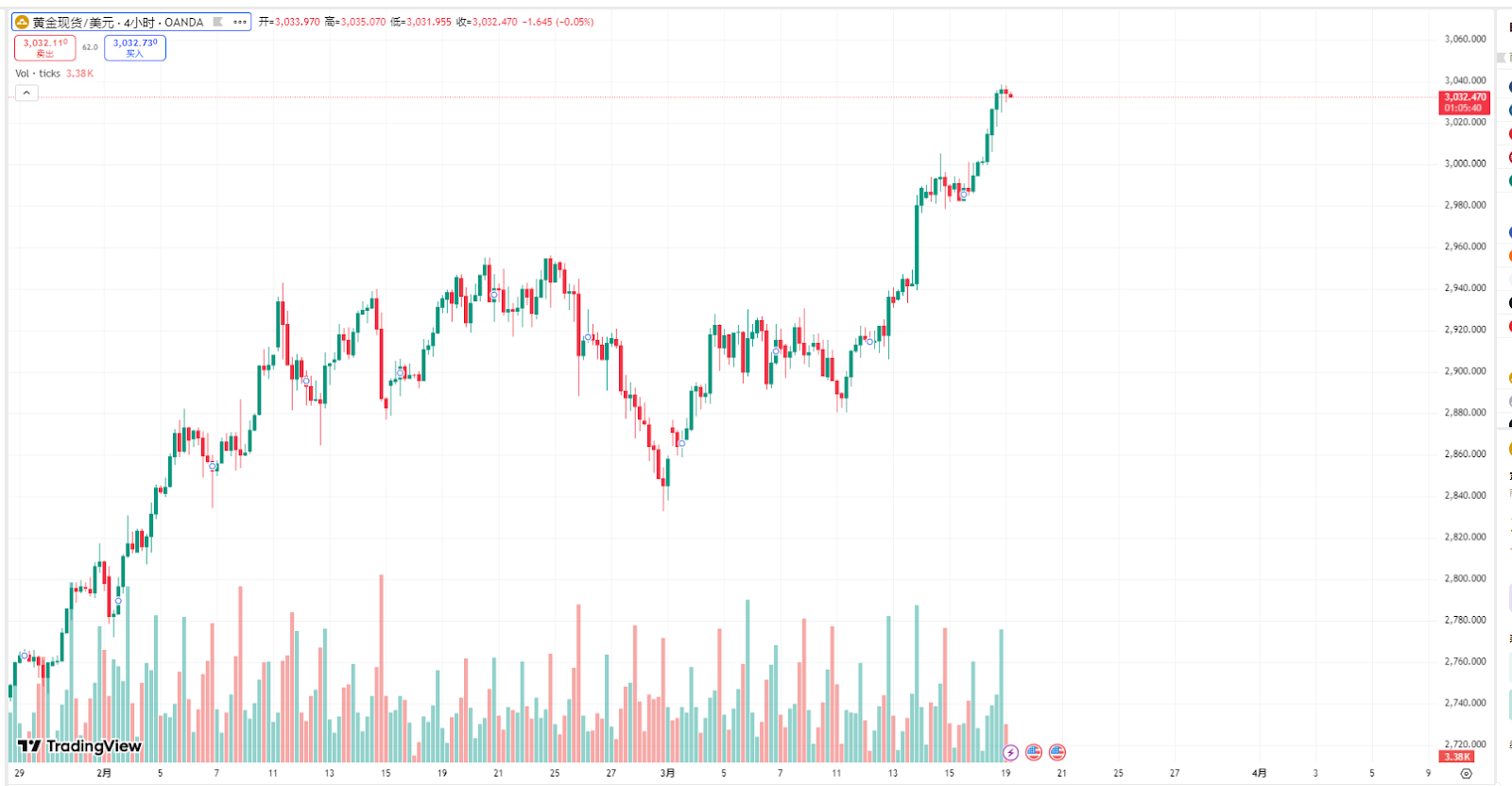
The breakdown of the ceasefire agreement between Israel and Hamas directly increased the uncertainty in the Middle East, coupled with Trump's "surprise" policy of raising tariffs on the EU and Canada's steel and aluminum, which accelerated the influx of global capital into the gold market.
The main COMEX gold futures contract rose 2.3% in a single day, the largest daily fluctuation since the Russia-Ukraine conflict in 2022.
Concerns about stagflation risks have further strengthened the appeal of gold. Although the US core PCE inflation rate in February has fallen back to 3.1%, the pass-through effect of Trump's tariff policy on import prices has not yet fully materialized. CICC Research points out that tariffs may cause the core PCE inflation rate to rise an additional 0.5 percentage points, and the Fed may raise its 2025 inflation forecast in this week's SEP. This combination of "economic slowdown + inflation stickiness" makes gold the preferred tool to hedge policy uncertainty.
The "Crisis of Trust" in Altcoins
In stark contrast to the strength of gold, the Altcoin market experienced a comprehensive sell-off last night as the US stock market retreated.
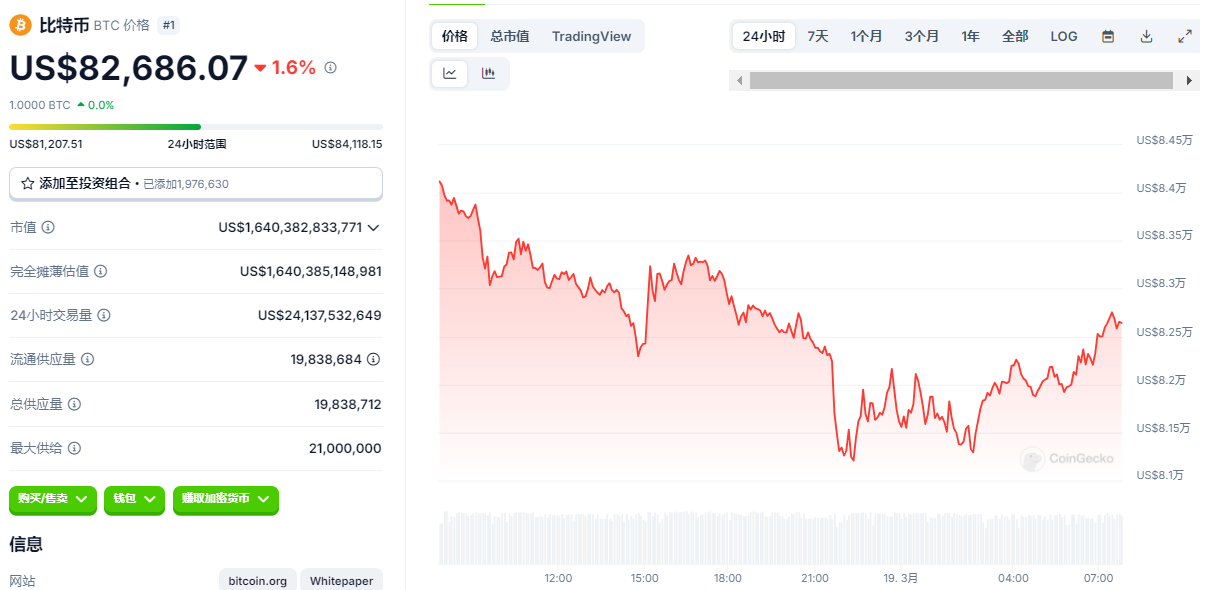
Data shows that the BTC price fell to a low of $81,100 after the US stock market opened last night, a drop of over 3%; mainstream tokens such as ETH, Solana, and XRP generally fell more than 4%, and Doge even fell to a low of $0.16 due to the DOGE department's layoff plan in the Musk government. As of the time of writing, the above Altcoins have rebounded to some extent.
This differentiation exposes the fragility of the "digital gold" narrative of Altcoins. Although the Trump administration has released positive signals through measures such as establishing a strategic BTC reserve and reducing regulations, the market's panic over its erratic tariff policies (such as the "reciprocal tariffs" to take effect on April 2) has led to an indiscriminate sell-off of risk assets.
Bitwise senior strategist Juan Leon pointed out: "Altcoins are still highly dependent on expectations of macro liquidity, and any hawkish adjustment to the Fed's dot plot could further suppress the market."
The Logical Reconstruction Behind the Divergence: From "Correlation" to "Independence"
The Disintegration of Historical Correlation
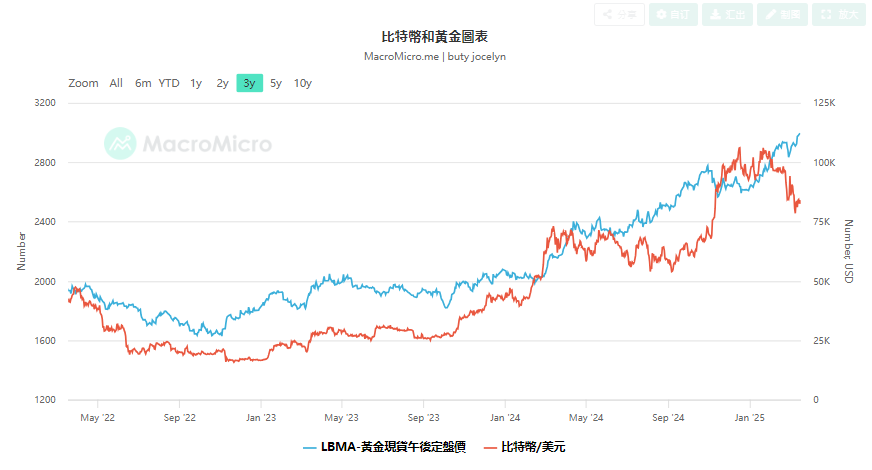
During the Silicon Valley Bank crisis in 2023, BTC briefly showed a positive correlation with gold, and their synchronized rise was seen as a hedging reaction to the risks of the traditional financial system.
However, the current market differentiation indicates that the asset attributes of Altcoins are returning from "hedging alternatives" to "high-risk tech stocks".
Bloomberg ETF analyst Eric Balchunas bluntly stated: "BTC still behaves like an immature tech stock, and its price fluctuations reflect more the market's gamble on growth potential than a stable store of value function."

The core driver of this transformation lies in the evolution of the market participant structure.The proportion of institutional investors' holdings in the gold market has continued to rise (the SPDR Gold ETF has a size of over 907 tons, with a total value of over $8.8 trillion, close to 30% of US GDP), highlighting gold's safe-haven attribute as a supranational currency.
While the Altcoin market is still dominated by retail and short-term speculative capital.
When macroeconomic uncertainty increases, the latter are more inclined to quickly withdraw from high-risk assets, leading to a renewed increase in the correlation between Altcoins and the Nasdaq index.
The "Invisible Hand" of Fed Policy
Expectations of the Fed's monetary policy path have become a key variable in asset differentiation. Although the probability of the Fed keeping rates unchanged at this meeting is close to 100%, investors are closely watching two signals:
- Dot Plot: If the Fed officials lower the 2025 rate cut expectation from 3 times to 2 times, or revise the long-term neutral rate forecast upward to 3.0%, it may trigger expectations of tighter liquidity, further suppressing risk assets.
- Pace of Balance Sheet Reduction: The January meeting minutes show that the Fed may consider pausing quantitative tightening (QT) to mitigate the impact of the debt ceiling, and if this meeting releases relevant signals, it may provide short-term liquidity support for the market.
Morgan Stanley analysis suggests that Powell needs to strike a balance between "maintaining economic confidence" and "retaining policy flexibility". If he emphasizes a "data-dependent" stance and downplays the urgency of rate cuts, the Altcoin market may face another round of valuation adjustments.
The Trump Variable: The "Double Impact" of Policy Uncertainty
The "Stagflation Trap" of Tariff Policy
Trump's tariff stick is reshaping market expectations of the economic outlook. According to Goldman Sachs' estimates, the current tariff policy may reduce US GDP growth by 0.3-0.5 percentage points and push up core inflation by 0.4-0.6 percentage points. This combination of "growth slowdown + inflation rise" forces the Fed to make difficult trade-offs between policy goals. Former Boston Fed President Rosengren warned: "If signs of economic weakness intensify, the Fed may be forced to cut rates 1-2 times in the fall, but this would be an easing for the wrong reasons."
The "Expectation Gap" of Regulatory Relaxation
Although the Trump administration has sent friendly signals to the Altcoin industry (such as suspending SEC enforcement actions against tokens), the policy implementation effect has a lag. The market is more concerned that the short-term volatility caused by tariffs may obscure the long-term positives. Leon pointed out: "Tokens like XRP and Solana have higher sensitivity to rate cuts, as their valuations rely more on loose liquidity support."
Market Rebound: "Dead Cat Bounce" or Trend Reversal?
As of the time of writing, the Altcoin market has seen a slight rebound, with BTC rising above $82,600 and ETH returning to $1,930. This rebound may be due to two factors:
- Technical Correction: Some short positions were closed, driving a short-term price rebound.
- Policy Expectation Game: The market is betting that Powell may signal concerns about economic slowdown, leaving the window open for a rate cut in June.
However, the sustainability of the rebound remains questionable. If the SEP shows the Fed raising its inflation forecast and lowering its GDP growth forecast, or the dot plot suggests a shift in the interest rate outlook, risk assets may come under pressure again. Deutsche Bank warned that "the collision of the Fed's policy toolkit and the political cycle is disrupting traditional asset pricing models."
Outlook: Asset Allocation Strategies in Three Scenarios
Dovish Scenario (30% probability): The dot plot maintains the expectation of 3 rate cuts by 2025, and Powell emphasizes "acting as necessary."
- Gold: Short-term correction, long-term beneficiary of the easing cycle; Cryptocurrencies: Violent rebound, Altcoins leading the surge.
Neutral Scenario (50% probability): The rate cut expectation is adjusted to 2 times, QT is paused but the timing of rate cuts is not clearly defined.
- Gold: Volatile at high levels; Cryptocurrencies: Increased differentiation, BTC and ETH continue to consolidate, small and medium-sized tokens remain weak.
Hawkish Scenario (20% probability): The dot plot revises up the long-term interest rate forecast, and Powell downplays the risk of economic recession.
- Gold: Profit-taking, dipping to the $2,900 support; Cryptocurrencies: Panic selling, total market cap shrinks 10%-15%, Bitcoin tests the $76,000 support again.
Conclusion
Against the backdrop of the Fed's policy path and the Trump shockwave, the rare divergence between gold and cryptocurrencies reveals the market's anxiety and exploration in the face of uncertainty. Tonight's rate decision will not only be a weathervane for monetary policy, but also a "stress test" to validate the asset attributes. As the "digital gold" narrative faces the scrutiny of macroeconomic realities, investors may need to re-examine: in the shadow of stagflation in 2025, who will be the true haven of choice?




